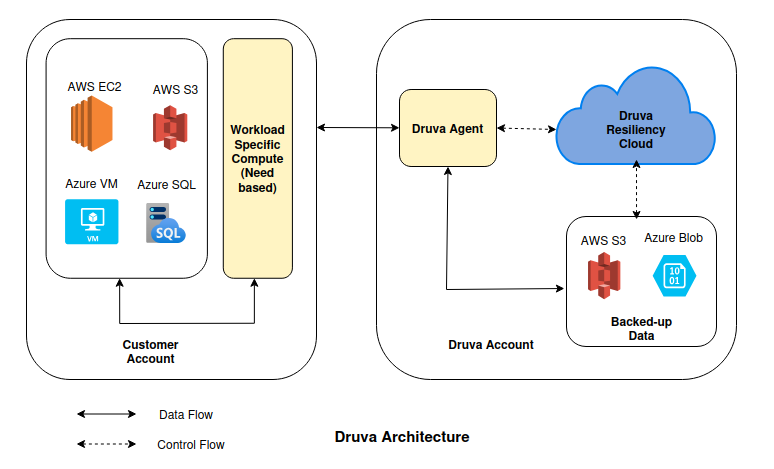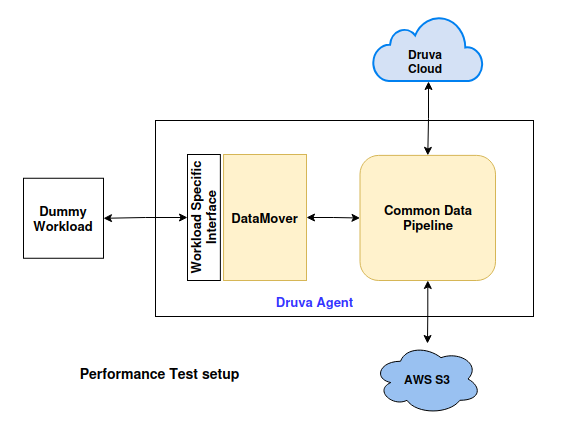Druva is a fully managed 100% SaaS platform that provides top security, availability, and scalability for various workloads. As organizations shift to the cloud, data protection becomes more complex. In this blog, we'll explore how Druva tackles the challenges of protecting cloud-native workloads while reducing Total Cost of Ownership (TCO). With the ability to process up to 10TB of data per hour, Druva ensures strong security without compromising performance.
Understanding Cloud Native Workloads
Organizations are moving to the cloud for better scalability, flexibility, and cost savings, making cloud-native workloads perfect for deploying modern applications.
Protecting cloud-native workloads is crucial to ensure data security and business continuity in dynamic cloud environments. Cloud vendors provide cloud-native backup and recovery solutions, for example EC2 EBS snapshots. But these solutions are often limited in functionality. Druva offers a more comprehensive solution, including cross-cloud backups and advanced ransomware recovery capabilities.
Druva currently protects EC2 VM, AWS S3, Azure VM, Azure SQL. Druva's portfolio will continue to expand in the future, incorporating a broader range of cloud-native workloads.
Several characteristics of Cloud Native workloads can be challenging for the data protection workflows.
Cloud Vendor Throttles and Limits: Different cloud providers impose throttles and resource limits at various levels, which can impact backup/restore performance and efficiency.
Deployment: Accessing data from managed services is more complex than on-premise standalone services. For example, a Druva agent can be deployed on an on-prem SQL server to directly back up data. However, with Azure SQL Managed Database, the same approach doesn't apply, requiring a different method for integrating with custom backup solutions.
Data Access APIs: Backup solutions must integrate with cloud providers’ APIs. This reliance on APIs adds to the Total Cost of Ownership (TCO) for customers, and backup solutions must also continuously adapt to evolving API changes.
Large Data Volumes: Managing and backing up vast amounts of data can be resource-intensive and complex. Navigating data across multiple clouds can incur cost.





